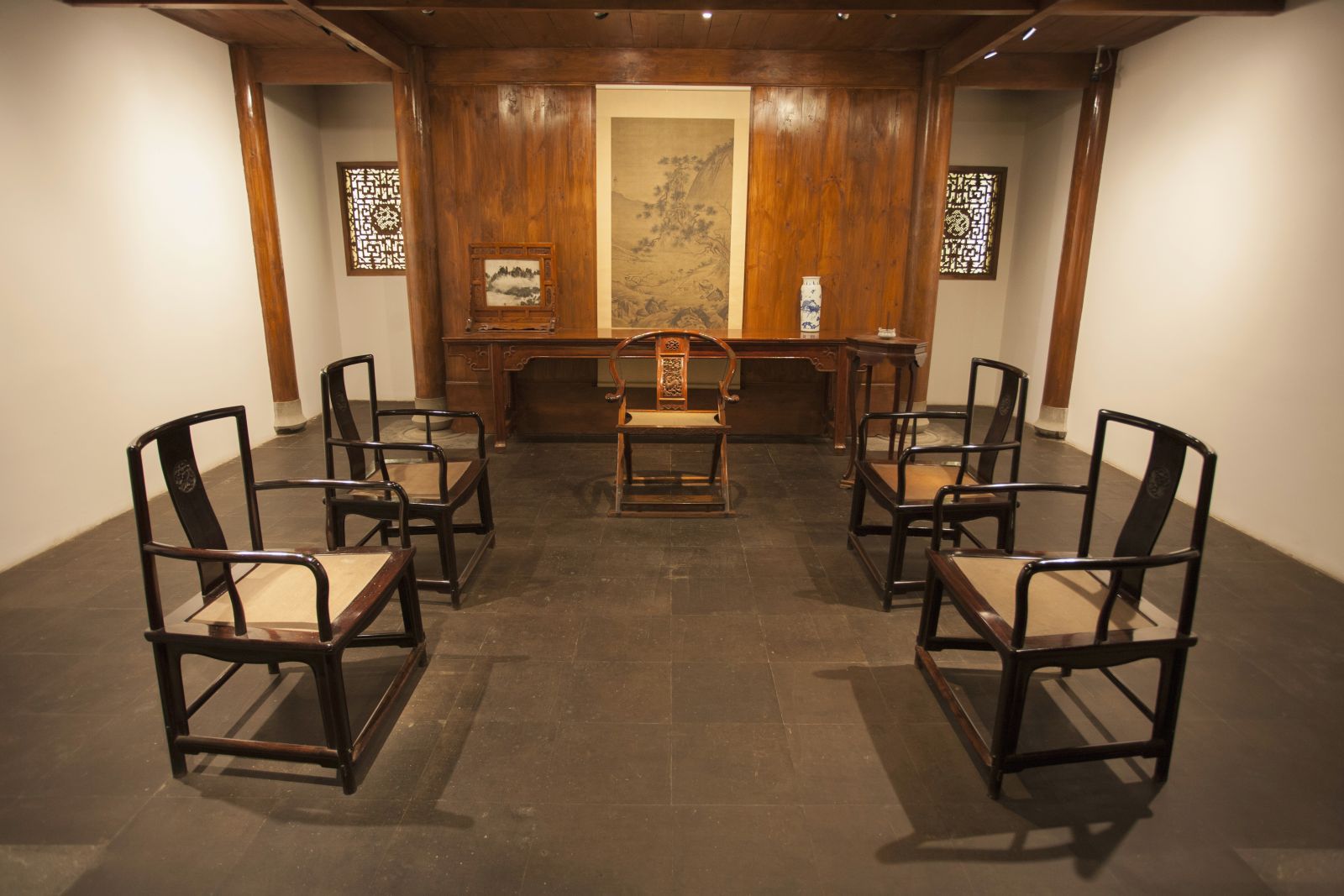Chinese Name: 上海博物馆 Pronunciation: shàng hǎi bó wù guǎn
Admission Ticket Fare: Free
Building Time: 1952
Suggested Visiting Hours: 1–2 Hours
Opening Hours: 9:00 – 17:00 from Tuesday to Sunday (last entry at 16:00)
Occupied Area: 392,000 square meters
Address: No. 201, Renmin Avenue, Huangpu District, Shanghai.
Layout: Eleven galleries and three exhibition halls spreading on four floors
Popular Activities: Summer camps, knowledge competitions, and cultural relics exhibitions
Exterior Design Feature: The round dome and the square base, symbolizing the ancient idea of a round heaven and a square land.
Collectables Categories: Ancient Bronze, Ancient Ceramics, Paintings and Calligraphy, Ancient Sculpture, Ancient Jade, Coins, Ming and Qing Furniture, Embroidery, Seals, Lacquerware, Oracle Bones, Bamboo Ware and Chinese Minority Crafts.
| Free Explanation Service | Please see the electronic display screen in the lobby on the first floor for time and arrangement of exhibition hall. | |
| Audio Guide | Audio guide in foreign languages (English, French, Japanese, German, Korean, Spanish and Italian) | Rental: 40 yuan/set with deposit of 400 yuan or 50 dollars, or passport (Audio tours for special exhibitions are rented separately.) |
| Luggage Deposit | Clothing and large pieces of luggage can be deposited; Please go through the security check before depositing the goods, and go through the storage formalities at the check-in counter; Wheelchairs and strollers are free of charge, with a valid certificate and 300 yuan deposit for rental procedures. If you don’t have a valid certificate, please pay a deposit of 600 yuan (only for the South Gate); Provide needle and thread, medicine box and other services; Lost and Found (South Gate Cloakroom). |
|
| Free Advisory Service | Central Service Desk: answer inquiries, provide information, accept complaints, provide seal services; South Gate Ticket Counter: answer inquiries, rental voice navigation equipment, the sale of various IC cards. |
|
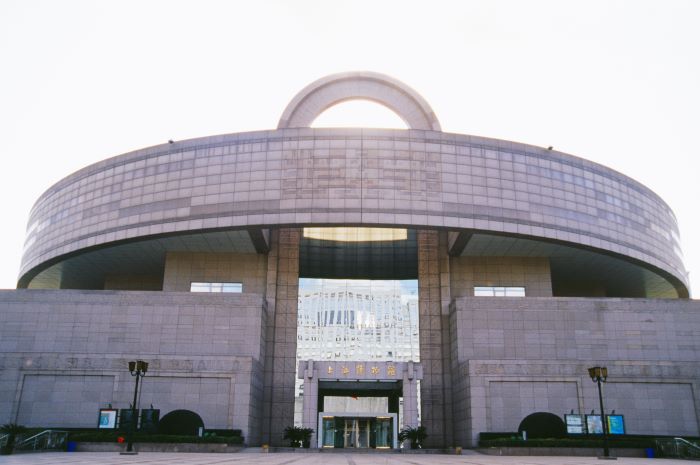
Shanghai Museum, located in the south of People’s Square of Shanghai, is a large comprehensive museum boasting abundant ancient Chinese cultural relics. Famous for the variety and high quality of its collection, Shanghai Museum enjoys a good reputation both at home and abroad.
Covering a total area of 39,200 square meters, with a height of 29.5 meters, this museum is divided into 7 floors, including 5 over ground and 2 underground. With the exterior design of the round dome and the square base, which symbolizes the ancient idea of a round heaven and a square land. And the museum houses 11 galleries and 3 exhibition halls separately laying on 4 floors over ground. The galleries cover most of the major categories of Chinese art varying from bronzes, ceramics, paintings to calligraphy.
With a total exhibition area of 12,000 square meters, Shanghai Museum covers 11 galleries, which separately focus on Chinese Ancient Bronze and Chinese Ancient Sculpture on the 1st floor; Chinese Ancient Ceramics and Calligraphy on the 2nd floor; Chinese Ancient Paintings and Seals on the 3rd floor; Chinese Ancient Jade, Coins, Furniture and Chinese Minority Crafts on the 4th floor. Within this museum, 3 Exhibition Halls stand on the 1st, 2nd and 4th floor respectively. Besides these major exhibits, many other treasures can be also appreciated here. Owing to the plenty of rarities, Shanghai Museum has been viewed as a substantial hub of rare cultural relics of China.
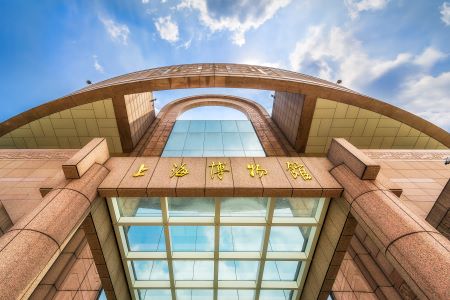
The Shanghai Museum was founded in 1952, originally located at the old Shanghai Race Club, No.325 West Nanjing Road, since then it has been being steadily developed under the aegis of Shanghai Cultural Relics Management Committee.
When it comes to the year of 1959, the museum was relocated in the old Zhonghui Building, No.16 South Henan Road.
In 1992, Shanghai Municipal Government decided to allocate People's Square, the very center of the city, as the new site of Shanghai Museum. Till now, its address is not changed, that is No. 201, Renmin Avenue, Huangpu District.
In 1993, the construction of the new Shanghai Museum was started and this project was completed and opened to the public on October 12, 1996.
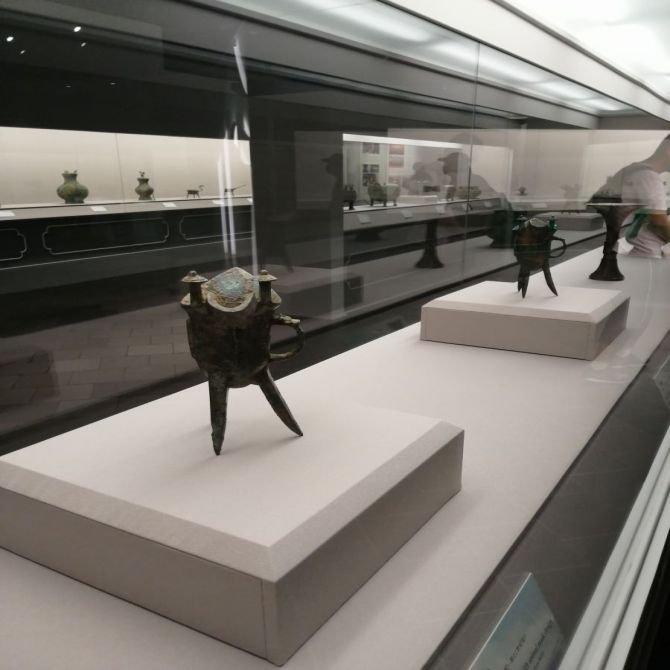
Bronze wares, in Chinese ancient times, played two kinds of roles-utilitarian and symbolism. The former function shows itself as an utensil or a decorating gadget; the later one, more significantly, as a symbol of power.
As the most well-known collection piece in this museum, the Bronze wares lie in the Gallery of Chinese Ancient Bronze on the 1st floor. The over 400 exquisite bronze wares from the Shang and Zhou Dynasties contribute to an indispensable mark of Chinese civilization in antiquity. These bronze wares are mostly featured with epigraphs and inscriptions. In addition, some new collections are from the West Zhou Dynasty and early Qin Dynasty.
In ancient times, ceramics, its function similar as bronze, was for kitchen ware or decoration.
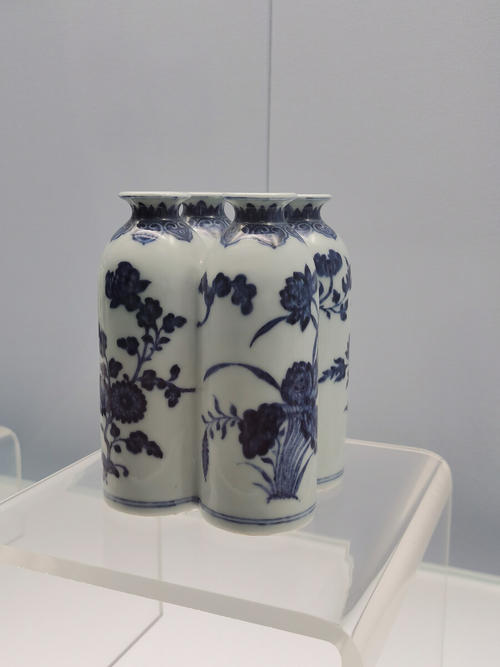
Now, lying in the most spacious gallery, the Gallery of Chinese Ancient Ceramics on the 1st floor, various kinds of ceramics are exhibited in the Gallery of Chinese Ancient Ceramics, which totally covers 1,300 square meters and houses more than 500 pieces. When visitors step into this place, they are embraced by dazzling ceramics, such as painted and gray pottery from the Neolithic period, prototype celadon from the Shang Dynasty (1600–1046 BC), the Zhou Dynasty (1046–256 BC), and the Warring States (475–221 BC) periods, fine celadon from the Eastern Han Dynasty (25–220 AD), and the famous polychrome-glazed pottery from the Tang Dynasty (618–907 AD). The underglazed, overglazed, and color-glazed porcelains are too on display here.
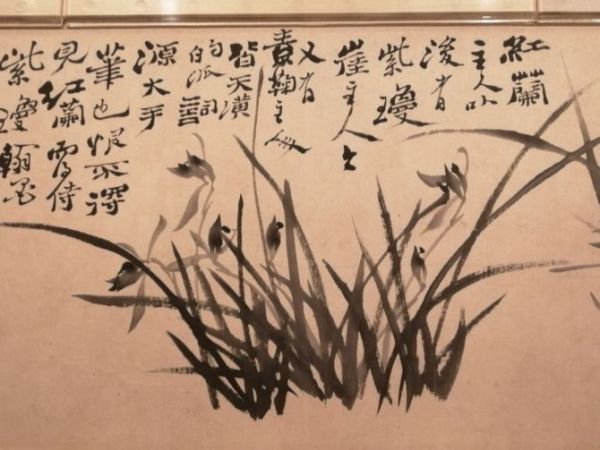
Chinese ancient literati were used to living with poems and paintings so as to enrich people’s spirit. So, through images and inscriptions on these paintings, visitors could smell out what kind of intention or feeling that the author of the painting wants to express.
With a total exhibition area of 1,200 square meters, the Gallery of Chinese Ancient Paintings on the 3rd floor is sundry fine paintings from Tang Dynasty to Modern China hanging on every wall in this gallery. Adopting Chinese brush, ink and silk paper as its main painting tools, those masterpieces are typically featured with a deep and unique Chinese style.
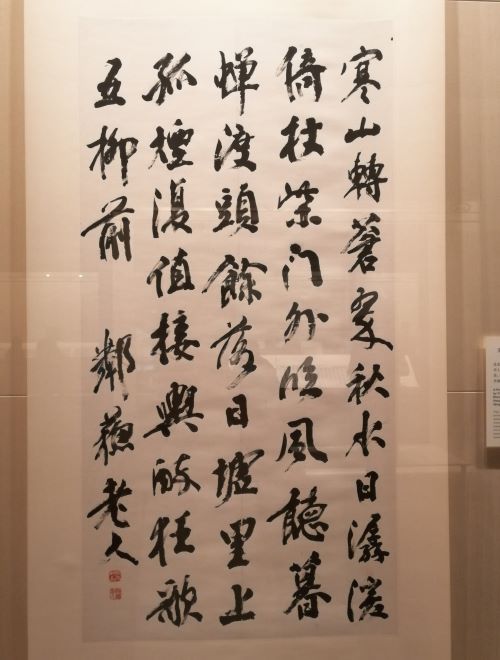
Calligraphy owns the same function as paintings, cultivating one’s sentiment and aiming for appreciation.
In the Gallery of Chinese Ancient calligraphy on the 3rd floor, the past dynasties’ typical masterpieces in China are gathered here, which systematically demonstrates the history of Chinese calligraphy art. Such famous and copious calligraphy pieces as Zhen’s Ningzhou Letter, Li Sao in official script and Poem on Duo Jing Lou must feast visitors’ eyes.
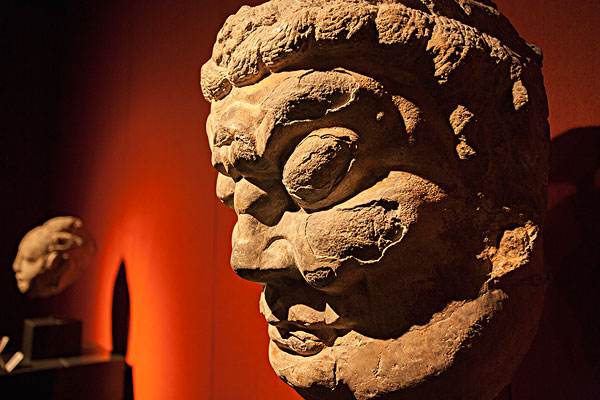
The Gallery of the Chinese Ancient Sculpture on the 1st floor covers an area of 640 square meters, boasting more than 120 exhibits. This place, with gold, red, and black as its basic tones, is adorned with lotus petal shape caved on the partition walls. Its closets are made from the Buddhist niche in the cave temple. Except for some wood carvings and pottery sculptures, there are mainly stone sculptures, such as sculptures of the Northern Wei, Northern Qi, Northern Zhou, Sui and Tang Dynasties, as well as Southern stone carvings, gold and bronze Buddha statues.
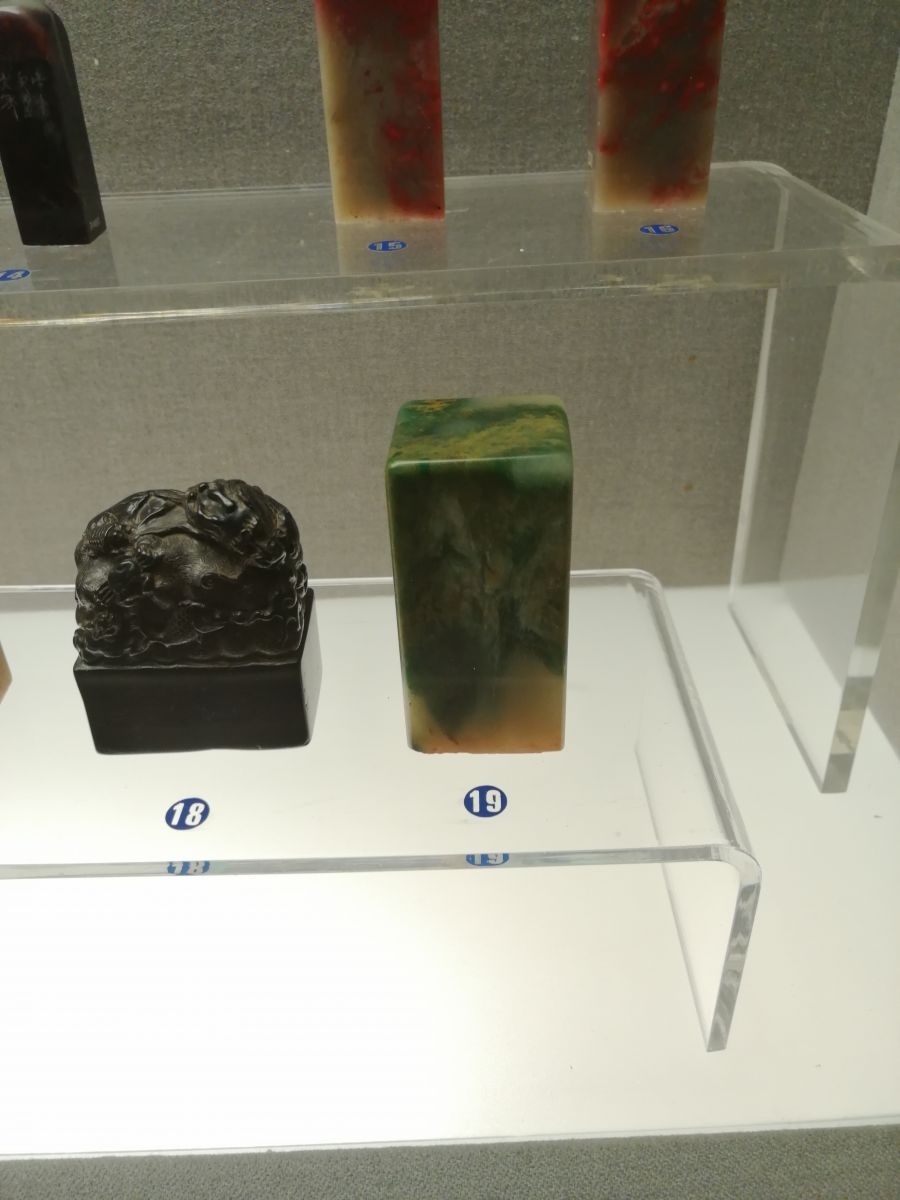
Seal, as an essential article from antiquity to nowadays, is a symbol of power, especially imperial seal for superior power of ancient emperors.
The Gallery of the Chinese Ancient Seals, which is the first art gallery in China to display seal carvings on the subject, exhibits more than 500 seal pieces over the space of 380 square meters. Taking the development history of these seals as a clue, the exhibition gives visitors a panorama of elaborate seals from the Western Zhou Dynasty to the end of the Qing Dynasty. Those displayed ones are the most representative and artistic masterpieces selected from the collection of more than 10,000 seal artifacts.
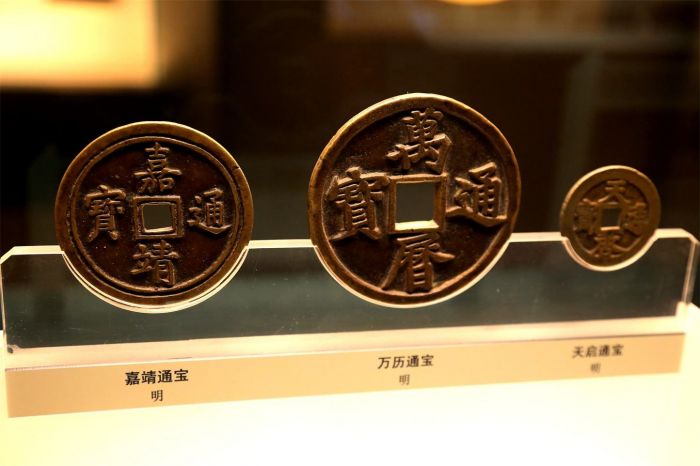
Coins till now are considered as a material for exchange. In the gallery of Chinese Ancient Coins, though only covers 730 square meters, here exhibits nearly 7,000 cultural relics, showing the historical overview of the development of Chinese currency and the economic and cultural exchanges between China and foreign countries. There is also a special room for Silk Road Central Asia ancient coins donated by Du Weishan and Tan Duanyan in this gallery. Besides coins, a multitude of paper money also can be viewed here, like One Yuan, issued by the Daqing Government Bank in 1909 and printed with portrait of Li Hongzhang and characters of Feng Tian. Thus, visitors can harvest a lot.
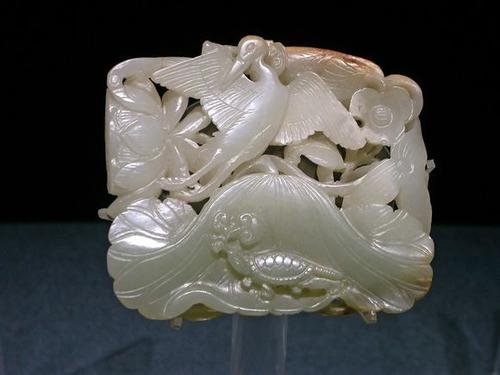
Time-honored with a history of jade-making for more than 7,000 years, China is known as the "country of jade". In ancient society, jade was not only used for decoration, but also a symbol of wealth and power. For example, the seal used by Chinese ancient emperors was made from jade, so it was called Imperial Jade Seal, “Yuxi” in Chinese. Furthermore, jade is a magical object for rulers to sacrifice to heaven and earth and communicate with gods. Its function is like bronze. In the gallery of Chinese Ancient Jade in the 4th floor, visitors here can enjoy a big feast of various shapes of jade artifacts.
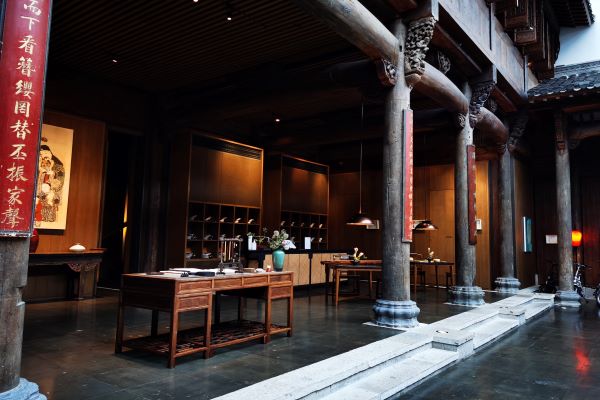
Both Ming and Qing Dynasties witnessed the prime of Chinese furniture history. Luckily, the gallery of Ming and Qing Dynasties furniture leaves over 100 exquisite furniture pieces in that two periods exhibited in front of visitors. For example, the below picture is Imperial Chair with Cloud and Dragon Design, which, processed from Zitan wood, was made in Qing Dynasty.
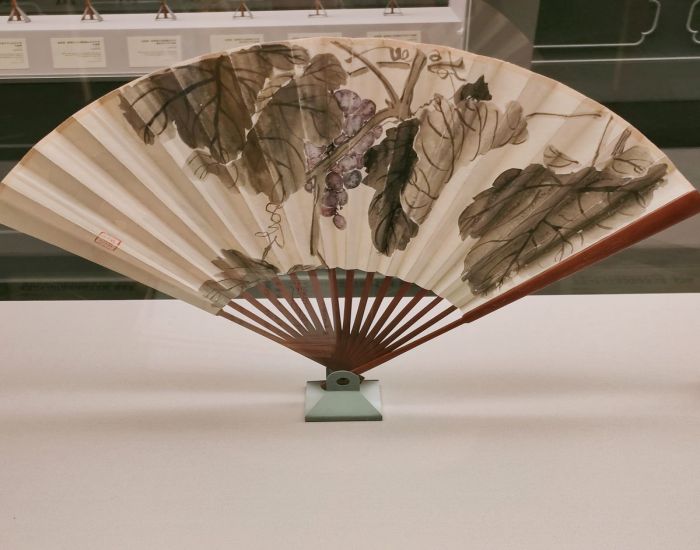
In addition of the former treasures, visitors can also sight many other fine arts in the Gallery of Chinese Minority Crafts in the 4th floor. Spreading over 700 square meters, this gallery displays nearly 600 pieces, including ethnic minority clothing crafts, dyeing, weaving and embroidery, metal crafts, sculptures, pottery, lacquer, rattan and bamboo weaving and mask art crafts. Every craft effuses an exotic style of ethnic minority. So, visitors here can have an enjoyable tour in appreciating these wares, such as Carved Rhinoceros Horn Raft Cup, An Ink Mountain Stone with the Inscription of "Xiang Zijing" and Silk Embroidery of Buddha from the Anxi Palace.
Bus No. 18, 46, 49, 71, 108, 112, 123, 123 (section), 127, 145, 167, 311, 312, 318, 324, 454, 518, 925, 930, 934, 936, 952, 980, Tunnel Route 3, and Tunnel Route 6.
From the Terminal 1 of Hongqiao International Airport: take Metro Line 10 to Lao Xi Men Station, then transfer to Line 8 and get off at People’s Square Station.
From the Terminal 2 of Hongqiao International Airport: take Metro Line 2 and get off at People’s Square Station.
From the Terminal 1&2 of Pudong International Airport: take Metro Line 2 and get off at People’s Square Station.
From the Shanghai Railway Station: take Metro Line 1 and get off at People’s Square Station.
From the Hongqiao Railway Station: take Metro Line 2 and get off at People’s Square Station.
From Shanghai South Railway Station: take Metro Line 1 and get off at People’s Square Station.
Chinese: 请带我去上海博物馆。English: Please take me to the Shanghai Museum.
If you go to Shanghai Museum from Hongqiao International Airport, it takes about 28 minutes (about 64 yuan).
If you go to Shanghai Museum from Pudong International Airport, it takes about 51 minutes (about 156 yuan).
If you go to Shanghai Museum from Shanghai Railway Station, it takes about 18 minutes (about 19 yuan).
If you go to Shanghai Museum from Hongqiao Railway Station, it takes about 30 minutes (about 66 yuan).
If you go to Shanghai Museum from Shanghai South Railway Station, it takes about 22 minutes (about 41 yuan).
